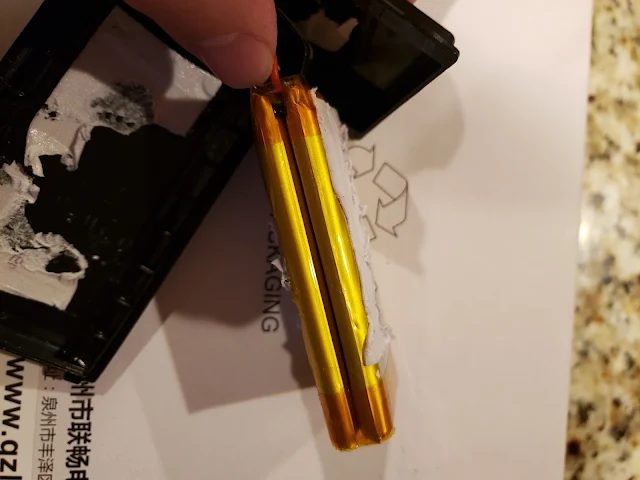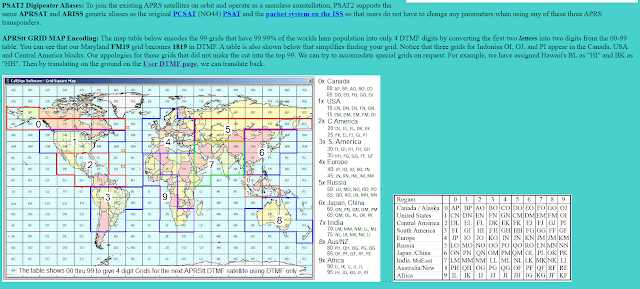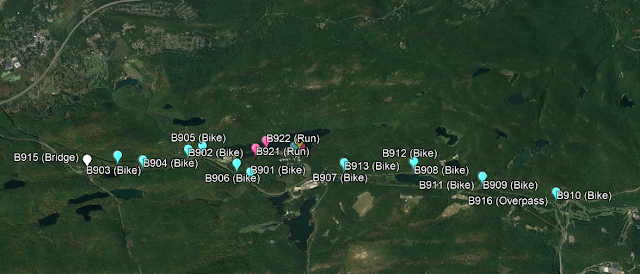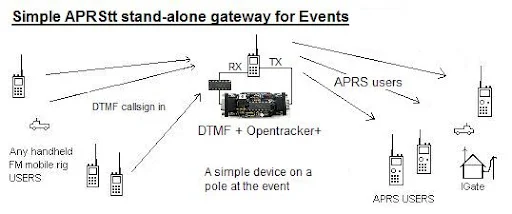After thirty full days of monitoring the National Weather Service balloons launched from the capital region of New York State, here are some observations.
Hopefully this inspires you to become interested in this unique weather monitoring opportunity anywhere in the United States or other parts of the world using inexpensive and easy to set up equipment.
Twice daily and from more than 90 launch sites in the United States, the National Weather Service releases weather balloons to help monitor upper air observations for the first 15 miles of atmosphere. The closest launch site to me comes from the Albany area of New York and currently the exact location is on the grounds of University of Albany instead of at an official NWS facility.
Even with all the advancements in space or ground based radar or other sensors, a radio sonde balloon still is one of the best ways to monitor a variety of useful measurements.
Setting up a receiver which listens for these weather balloons is relatively easy and inexpensive. Not much additional knowledge is needed and generally the project of setting up a ground receiver will teach a number of other useful things related to some basic RF and computer related skills to anyone interested in STEM related interests.
30 Days: What Did I Learn?
Different times of the year of course will have different general weather characteristics. Here in New York, December and January are known to be a bit tricky thanks to cold and wet weather which usually includes some gusty conditions too!
From my home in Poughkeepsie shown as the radio tower on the map, I am easily able to receive the Albany area launched balloons once they generally reach around 17,000 feet AGL.
Signals first are heard by my antenna at an average of 58 miles south of the launch point and the average furthest signals away are closer to 100 miles usually towards the north east.
Given the distances involved from my home location, a quick retrieval is not very likely by me but the goal is eventually to capture one and send it back to the National Weather Service.
In general, the wind mostly blows west to east. On more than a few occasions, it got so windy, some balloons traveled so quickly and accurate telemetry was not received for too long.
On average, locations are sent once every 10-15 seconds and more than 3000 positions are captured per flight. Here is an example of January 22nd to 29th 2024 recordings and general statistics.
The blue lines on the map are the flight paths and there is much greater granularity to be observed when plotting the path on Google Earth. Its worth noting that sometimes the GPS on the balloon sometimes sends a false report for a short time to help explain the straight horizontal or vertical lines on the map.
Within the AutoRX application which is what runs on a Raspberry Pi based receiver along with an SDR dongle, its easy to also output in real time to Google Earth to visualize in 3D, such as to see where packets were not received by looking at the lighter colored part of the map when zoomed in. Sometimes wind gusts make the balloon much faster than the reporting transmissions occur.
Here is a converted MKV to GIF video file zooming around from azimuth and elevation angles to show more details in the North East from receiving site, path and location details during the February 1st evening launch from Albany area.
It is interesting to see how the wind blows is sort of the summary of this article. Data like this is just one of the many inputs used in more complex weather forecasting. When the time is right and weather nice, it will be fun to retrieve a balloon once its on the ground.
Details about that can be found on www.sondehub.org and there are also portable receivers easily created from the ESP32 LoRa boards like the Heltec V3 which also runs other projects like Morserino, HASviolet, LoRa APRS and MeshTastic.















































